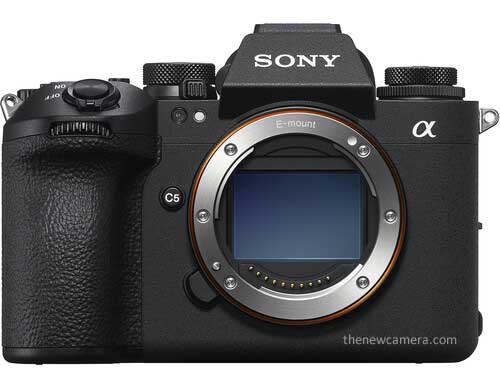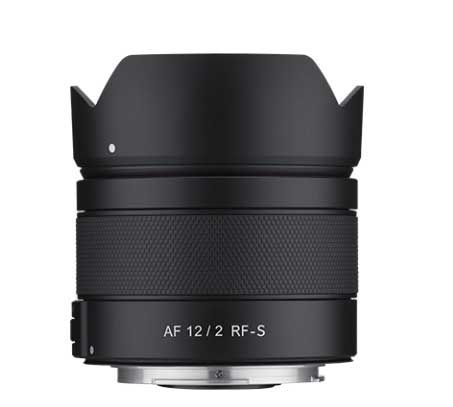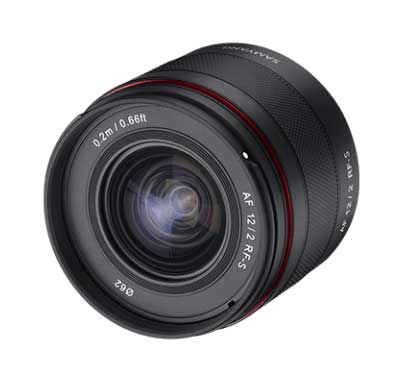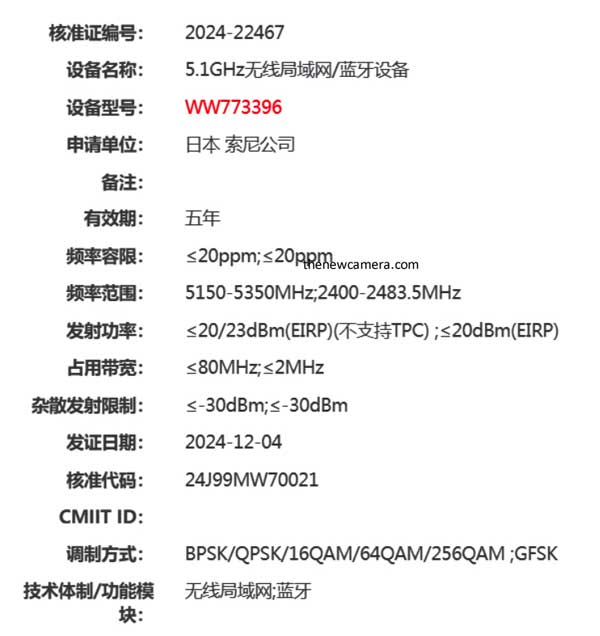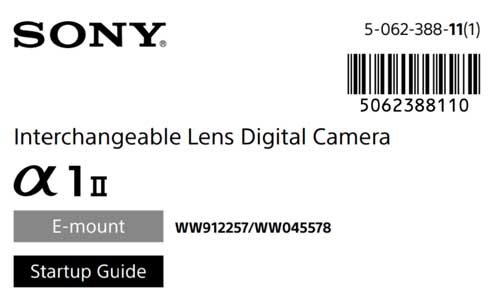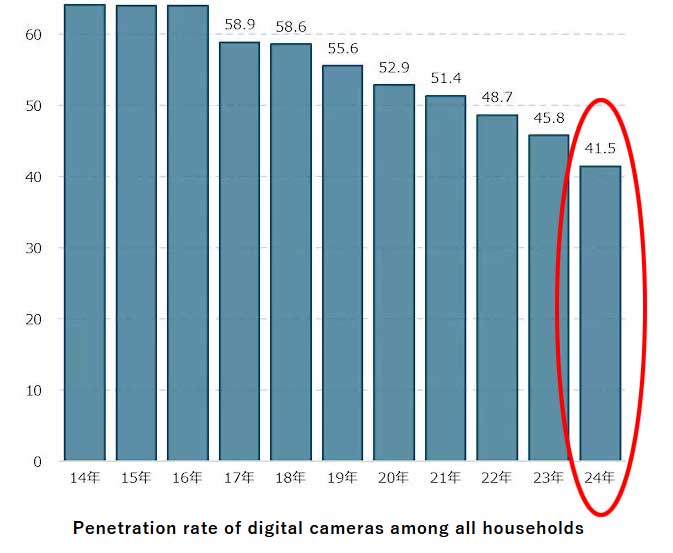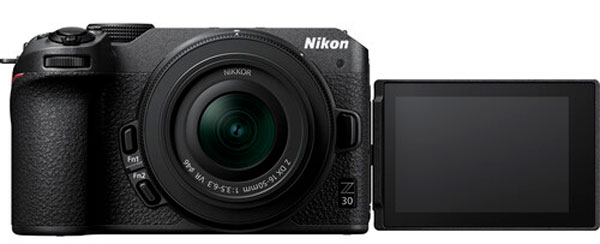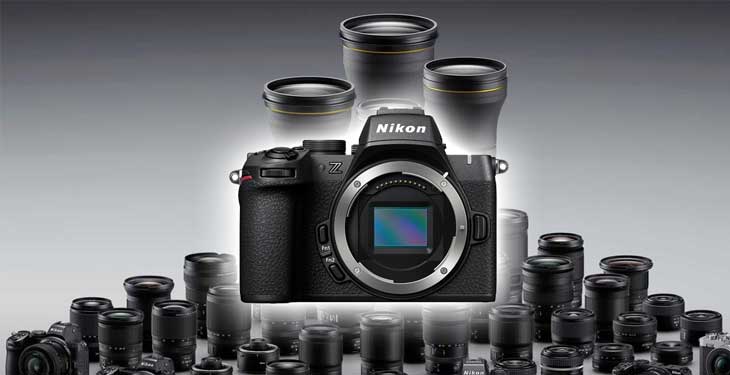
Let’s go to the best lenses for the Nikon Z50 Mark II camera, starting from the wide-angle lenses to primes and then telephoto primes. We will discuss each and every lens and their uses, so let’s begin the guide.
1. Wide-angle lenses for Vlogging and Photography
Travel Bloggers or Indoor Architecture Photographers
If you are a travel blogger or an indoor architecture photographer, you need an ultra-wide prime lens with a bright aperture that will allow you to produce exceptional-quality videos as well as images.
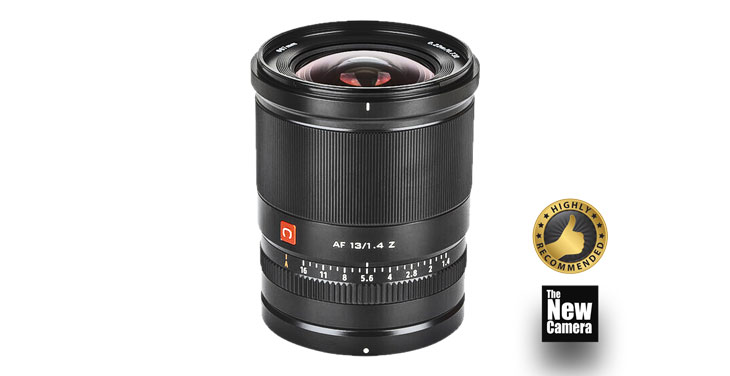
Best Lens for shooting handheld vlogs under any light | Also perfect for shooting landscape and architecture
Get Viltrox 13mm F1.4 Lens from B&H Store and Amaon.com
Viltrox 13mm f/1.4
One of the best ultra-wide prime lenses with the brightest aperture possible. This lens is highly recommended for travel vlogging or for those who want to capture an entire environment along with themselves. The f/1.4 bright aperture will allow you to capture ultra-low-light footage even in the darkest situations.
So, without a doubt, if you are a travel blogger or an architecture photographer who loves to grab ultra-wide indoor or outdoor architecture shots, the Viltrox 13mm f/1.4 is highly recommended for you.
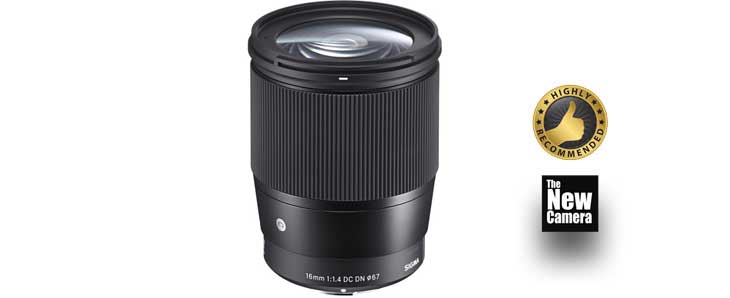
Get Sigma 16mm F1.4 Lens from Amazon.com and B&H Store
Sigma 16mm f/1.4
The Sigma 16mm f/1.4, which wasn’t available a year ago, is now an option.
This lens isn’t as ultra-wide as the Viltrox 13mm f/1.4. The 13mm is better when you want to showcase the entire environment along with yourself in a broader manner, despite the slight ultra-wide lens distortion. You can also use E-VR effectively.
However, if you are a daily life content creator or blogger who prefers an ultra-wide lens that captures in a proper manner without introducing much wide-angle distortion in video footage, then the Sigma 16mm f/1.4 is a great choice.
This lens is not only recommended for vlogging but also for creating talking-head videos by keeping your camera close to you. It is highly usable.
For photographers, this ultra-wide-angle lens, with its high-quality optics, can be used for astrophotography as well as capturing wide and vivid landscapes.
2. Street Photography, Vlogs & Portrait Lenses
Now let’s talk about the best lens for street photography — a perfect 35mm equivalent prime lens for your Nikon Z50 Mark II camera.
We have three different options for street photography, including one from Sigma.
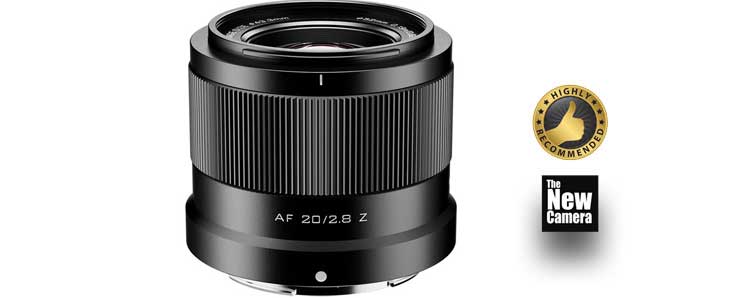
Get Viltrox 20mm F2.8 Z Mount Lens form B&H Store and Amazon.com
Viltrox 20mm f/2.8
If you love to shoot street photography on a budget, the Viltrox 20mm f/2.8 is highly recommended. Priced at just $158, it’s great in terms of budget and quality.
The 20mm lens is a full-frame lens, so you can use it later on with full-frame cameras. On the Nikon Z50 Mark II (with a 1.5x crop factor), the equivalent focal length is about 30mm. This makes it an excellent everyday street photography lens for most daylight shots.
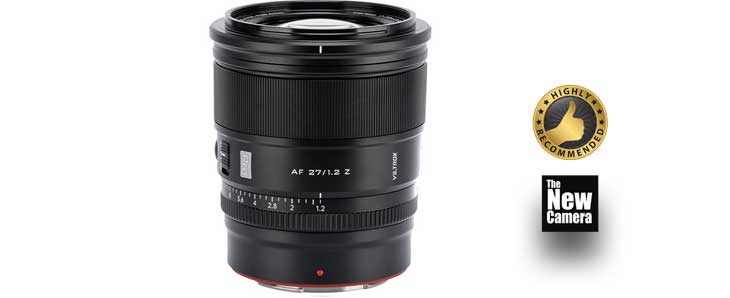
Get Viltrox 27mm F1.2 PRO Lens from Amazon.com and B&H Store
Viltrox 27mm f/1.2 PRO
If your budget allows, the Viltrox AF 27mm f/1.2 lens is one of the best lenses for street photography. With this lens, you will get a 40mm equivalent focal length on the Nikon Z50 Mark II, providing exceptional image quality with the brightest aperture in this range.
For daytime shots, dramatic effects can be achieved using the maximum f/1.2 aperture, though a neutral density (ND) filter may be required.
This lens is also suitable for creating talking-head videos with maximum depth of field.
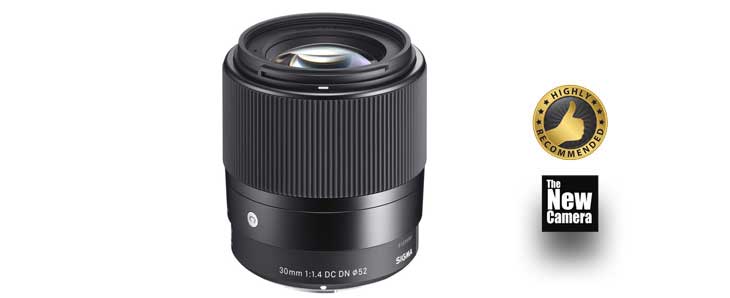
Get Sigma 30mm F1.4 Lens from B&H Store and Amazon.com
Sigma 30mm f/1.4
The Sigma 30mm f/1.4 is a popular lens among content creators and portrait shooters. On an APS-C format camera like the Nikon Z50 Mark II, it offers exceptional quality optics for professional portraits or street photography.
It is often referred to as the modern “nifty fifty.” If you’re a YouTube content creator, this is the best lens for talking-head videos, provided you maintain a 4 to 5-foot distance from the camera. Tight framing may occur if space is limited.
3. Wedding Photography Lenses
For wedding photographers, you need two types of lenses:
- A portrait prime lens for pre-wedding shoots and capturing candid moments.
- A coverage lens to document the entire event and rituals.
Portrait Lens for Weddings
The Sigma 30mm f/1.4, discussed earlier, is excellent for portraits and candids.
Coverage Lens for Weddings
In situations where the Sigma 18-50mm f/2.8 or the Tamron 17-70mm f/2.8 isn’t available for Nikon Z mount, the only viable option is:
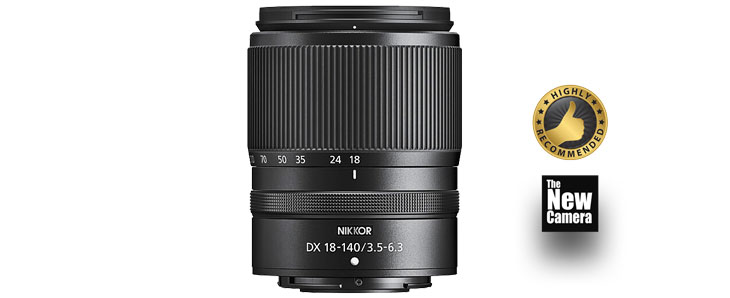
Best coverage lens for wedding photographers | Get 18-140mm Lens from Amazon.com | B&H store
Nikon Z DX 18-140mm f/3.5-6.3 VR
This is the best coverage lens currently available for the Nikon Z50 Mark II. It’s recommended for wedding photographers and travel enthusiasts who need an all-in-one zoom lens.
However, for cinematic videos, prime lenses are always preferred over zoom lenses with variable apertures.
As you all know, the Nikon Z50 Mark II camera now supports bird-eye autofocus tracking, animal-eye autofocus tracking, and 9 different types of autofocus subject tracking modes. So, this is a perfect camera to be used as wildlife photography gear after the Z6 Mark III camera in Nikon. So, let’s discuss the best available wildlife photography lenses for the Nikon Z50 Mark II camera.
4. Budget Wildlife Photography Lens
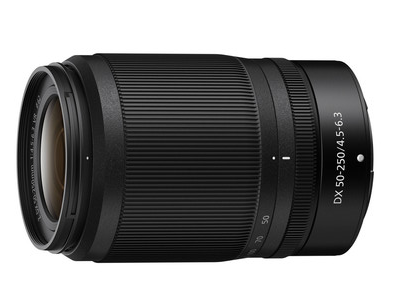
Get DX 50-250mm Lens from Amazon.com and B&H Store
The most affordable wildlife photography lens for beginners and entry-level users who don’t want to spend thousands of bucks on a lens should buy the DX 50-250mm f/4.5-6.3 VR lens.
This is a very small, lightweight, and sharp lens, handy for beginners. It also has a quiet and fast autofocus system.
Two Best Wildlife Photography Lenses Available at a Very Reasonable Price
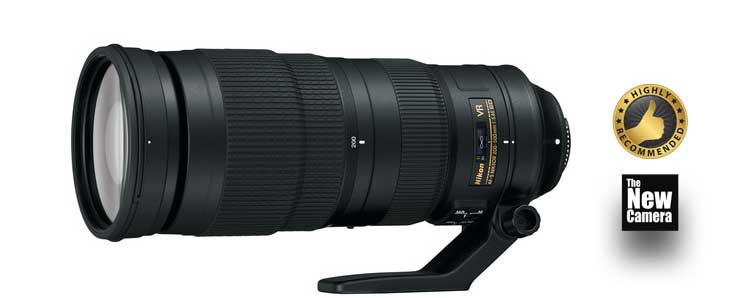
Get 200-500mm f/5.6E ED VR Lens B&H Store and Amazon.com
Nikon AF-S NIKKOR 200-500mm f/5.6E ED VR Lens
This lens is a DSLR lens and needs an FTZ adaptor to work with the Nikon Z50 Mark II camera.
This is one of the best budget wildlife photography lenses available, with such a high resolving capacity that it can even resolve the Z9 or Z8 40+ megapixel sensors.
Autofocus is really very fast and supports the latest generation eye autofocus tracking in mirrorless cameras. At the same time, you have a constant f/5.6 aperture throughout the zoom range.
This gives you an amazing creamy background blur if you shoot portraits at 200mm or 300mm with this lens.
I have also used the Tamron 150-500mm lens, but I was not satisfied with the optical performance I was getting with the Z-mount mirrorless lens made by Tamron. After using it for a while, I switched back to the AF-S 200-500mm with my Nikon ZF camera.
So, I will recommend this lens as one of the most budget-friendly wildlife photography lenses available, giving you 500mm reach. You can easily capture birds in flight at a very reasonable cost.
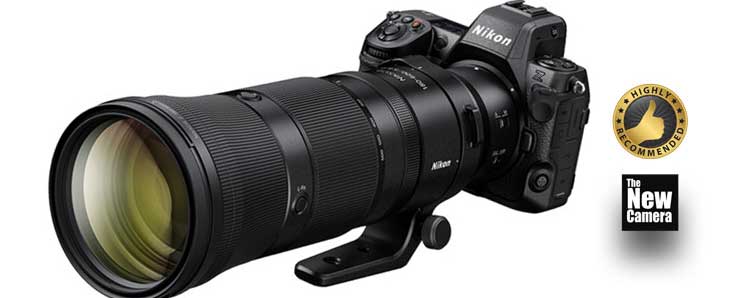
Get the 180-600mm lens B&H Store and Amazon.com
NIKKOR Z 180-600mm f/5.6-6.3 VR Lens
Another excellent lens we recommend is a mirrorless lens made by Nikon. Its optical performance is phenomenal, and you will never regret spending your bucks on this lens.
If your budget allows, this lens gives you 100mm more reach than the previous recommendation. The good thing is it is made for mirrorless cameras. Its autofocus motor has been optimized for both photography and videography use.
At the same time, the optical performance of this lens is top-class, and it provides clear shots even when hand-holding your camera, thanks to its highly effective optical image stabilization.
This particular lens is in such high demand right now that, at the time of writing this article, most units are out of stock in the retail stores I know in my personal hometown area.
If you can get this lens, it would be the best investment within the budget you’ve ever made for a wildlife photography lens.
Support us – Use or affiliate link Amazon.com | B&H Store for the next purchase u make – it helps us 🙂


